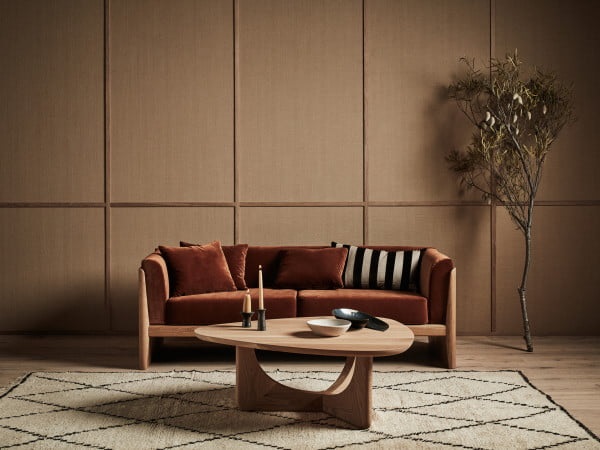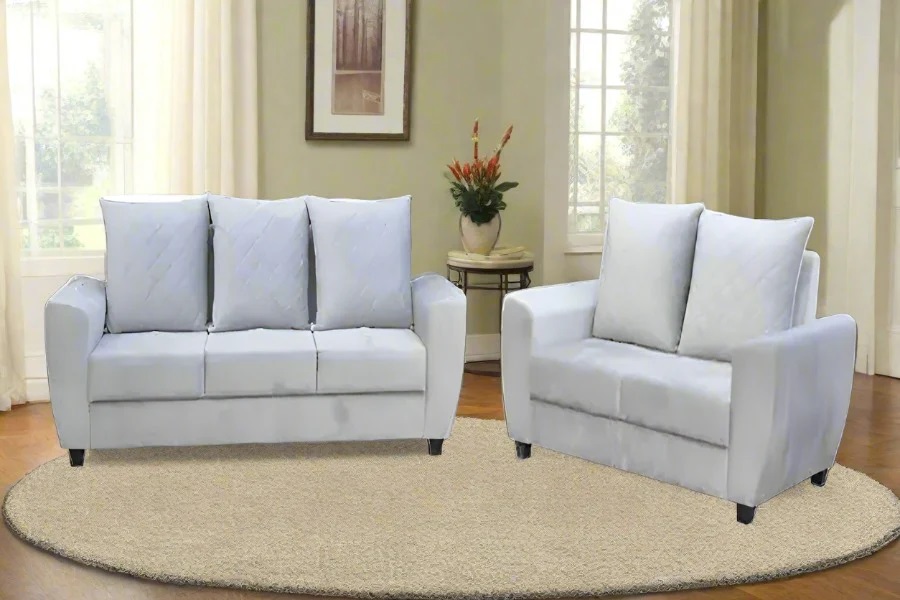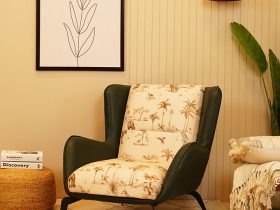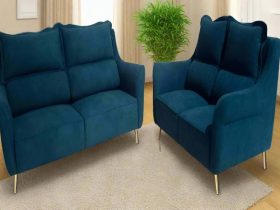In recent years, there has been a growing awareness of the importance of sustainability in every aspect of our lives, including our homes. One significant area where we can make a difference is through the choices we make in furniture. Sustainable furniture not only benefits the environment but also contributes to a healthier living space. This article explores eco-friendly furniture options that can help you create a greener home.

What is Sustainable Furniture?
Sustainable furniture is designed and manufactured with the environment in mind. It involves using materials and processes that reduce negative impacts on the planet. Key characteristics of sustainable furniture include:
- Eco-friendly materials: Use of renewable, recycled, or reclaimed materials.
- Durability: High-quality craftsmanship ensures longevity, reducing the need for replacements.
- Non-toxic finishes: Avoidance of harmful chemicals in paints, stains, and finishes.
- Ethical production: Fair labor practices and environmentally conscious manufacturing processes.
Eco-Friendly Materials for Sustainable Furniture
- Bamboo
Bamboo is a highly sustainable material because it grows rapidly and does not require replanting. It is strong, durable, and versatile, making it an excellent choice for furniture such as chairs, tables, and cabinets.
- Reclaimed Wood
Reclaimed wood is sourced from old buildings, barns, or other structures. Using reclaimed wood reduces the demand for new timber and minimizes waste. It also adds a unique, rustic charm to furniture pieces.
- Recycled Metal
Recycled metal, including aluminum and steel, is often used in modern, industrial-style furniture. Recycling metals consumes less energy compared to producing new metals, making it an eco-friendly option.
- Cork
Cork is harvested from the bark of cork oak trees, which regrow their bark after harvesting. This renewable material is lightweight, water-resistant, and perfect for items like stools and side tables.
Sustainable Furniture Options
- Modular Furniture
Modular furniture is designed to be adaptable and customizable. Pieces can be rearranged or added over time, reducing the need to purchase new furniture. This flexibility makes it a sustainable choice for dynamic living spaces.
- Vintage and Second-Hand Furniture
Buying vintage or second-hand furniture is a great way to reduce waste and promote sustainability. These pieces often have a longer lifespan and unique character. Refurbishing or upcycling old furniture can also be a fun and creative project.
- Multifunctional Furniture
Multifunctional furniture, such as sofa beds or storage ottomans, serves multiple purposes. This reduces the need for multiple pieces of furniture, saving space and resources.
Benefits of Sustainable Furniture
- Environmental Impact
Sustainable furniture reduces the demand for raw materials and minimizes waste. It also lowers carbon emissions associated with production and transportation.
- Healthier Home Environment
Non-toxic finishes and natural materials used in sustainable furniture improve indoor air quality. This is especially important for families with children or individuals with allergies or sensitivities.
- Economic Advantages
While sustainable furniture might have a higher upfront cost, its durability and timeless design ensure it lasts longer, saving money in the long run.
Tips for Choosing Sustainable Furniture
- Research Brands and Certifications
Look for brands that prioritize sustainability and have certifications such as FSC (Forest Stewardship Council) for wood, GREENGUARD for indoor air quality, and Cradle to Cradle for overall product sustainability.
- Consider the Lifecycle
Think about the entire lifecycle of the furniture, from production to disposal. Choose pieces that can be easily repaired, refurbished, or recycled.
- Prioritize Quality Over Quantity
Invest in high-quality, durable pieces that will stand the test of time. This reduces the need for frequent replacements and contributes to a more sustainable home.
Conclusion
Choosing sustainable furniture is a meaningful way to contribute to a greener planet while enhancing the comfort and aesthetics of your home. By opting for eco-friendly materials, supporting ethical brands, and prioritizing durability, you can create a living space that is both stylish and sustainable. Make the switch to sustainable furniture today and take a step towards a healthier, more eco-conscious lifestyle.






